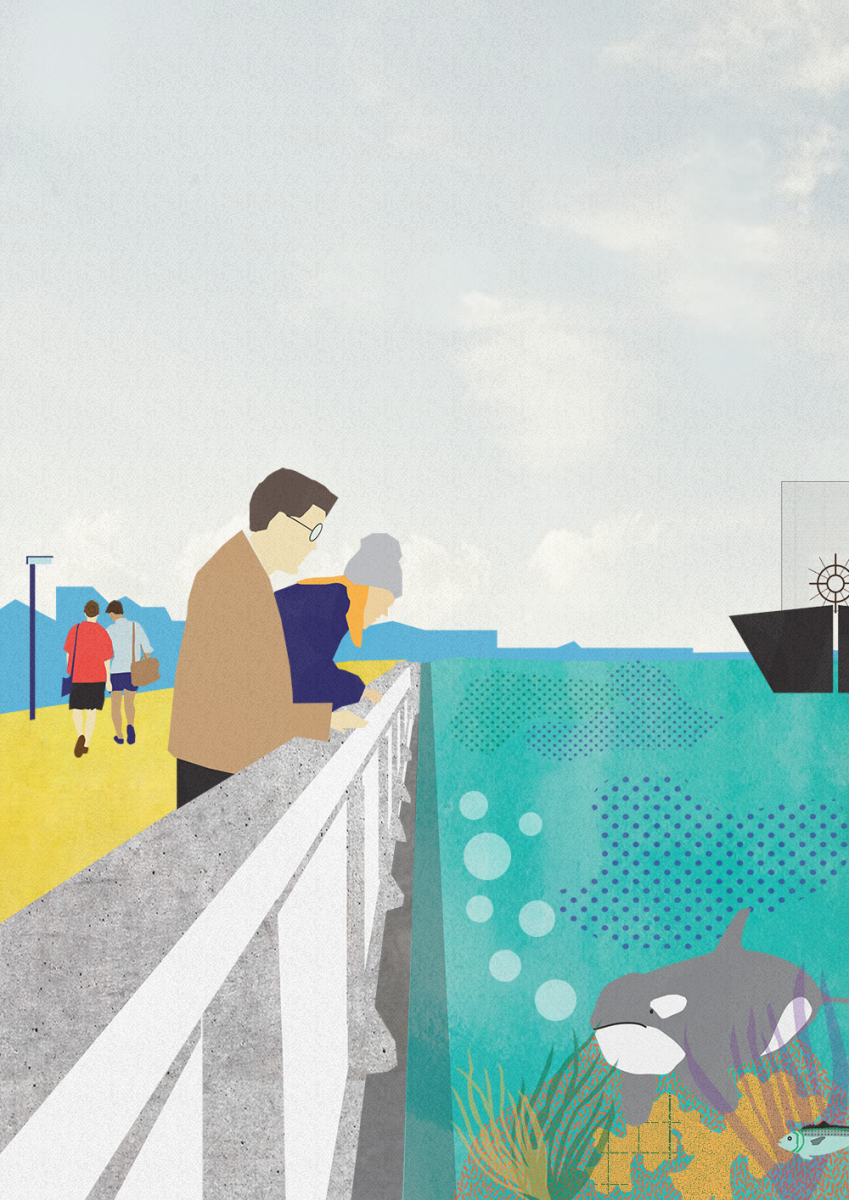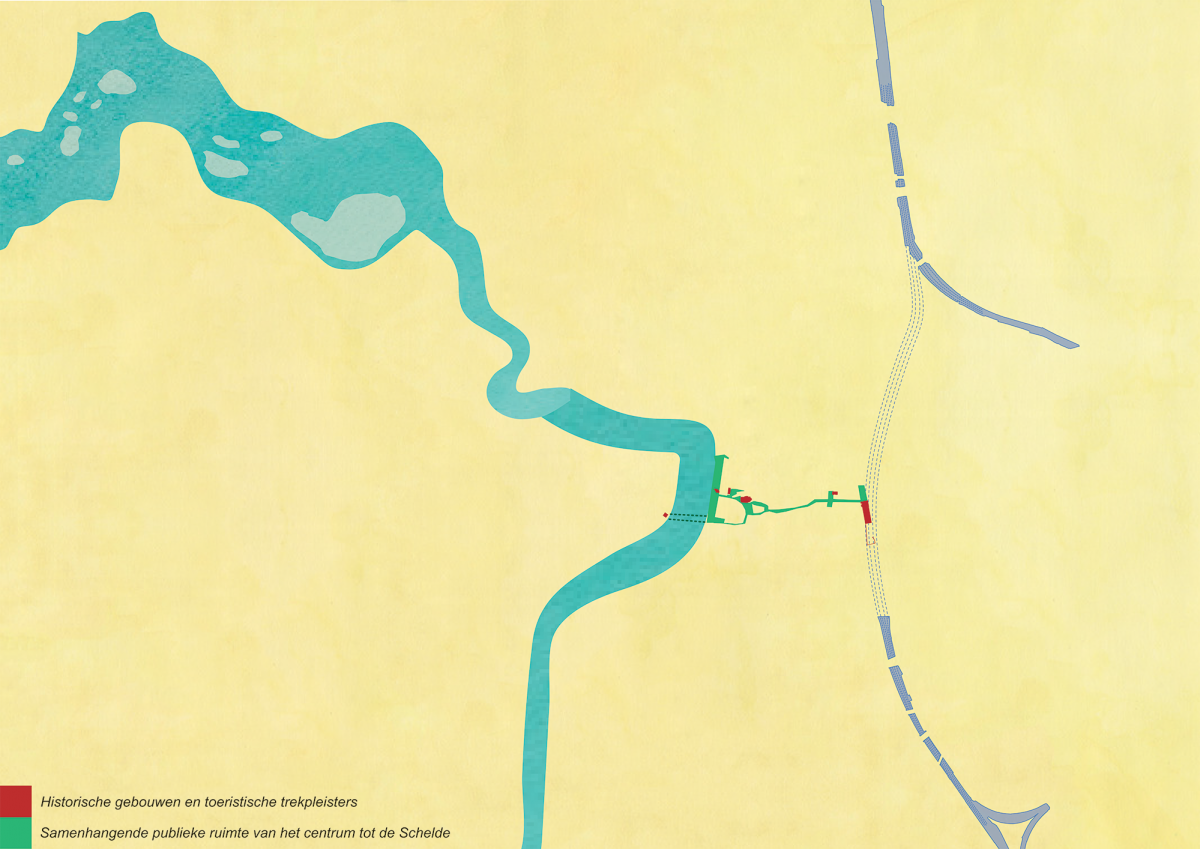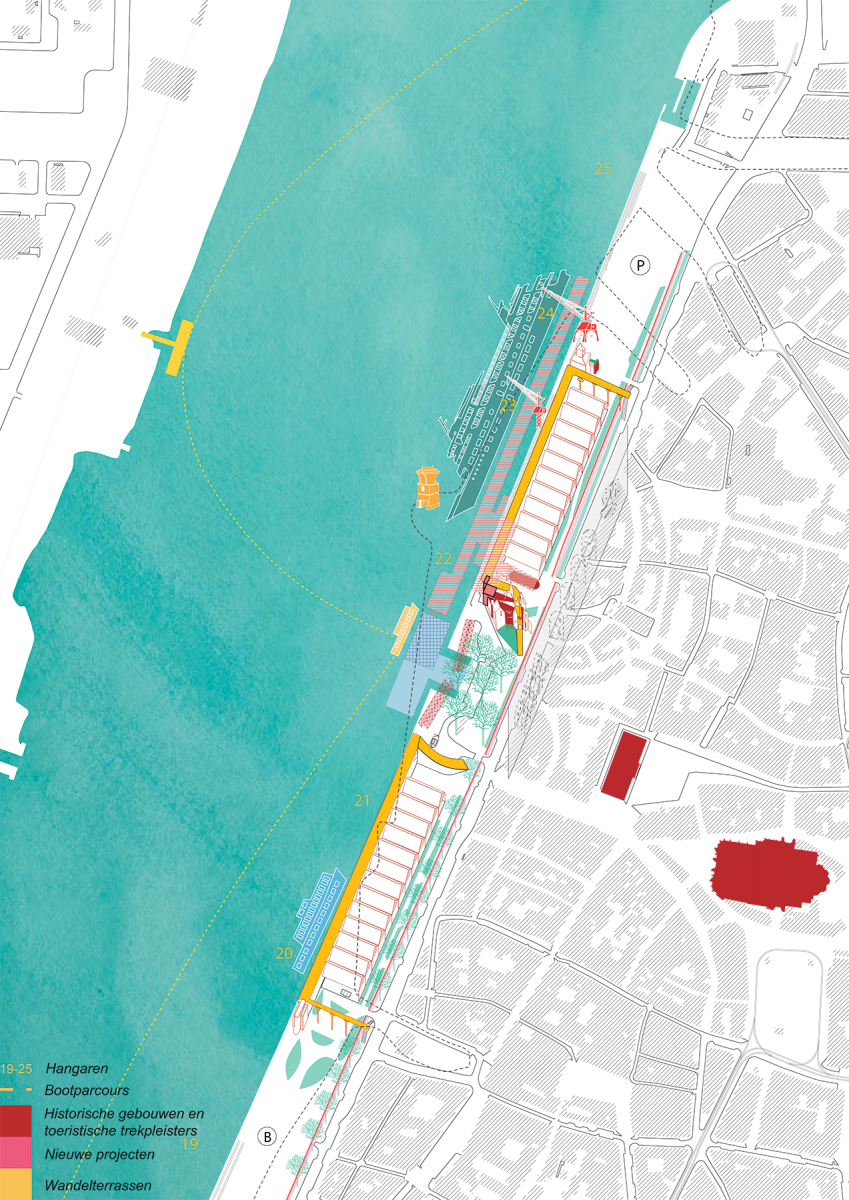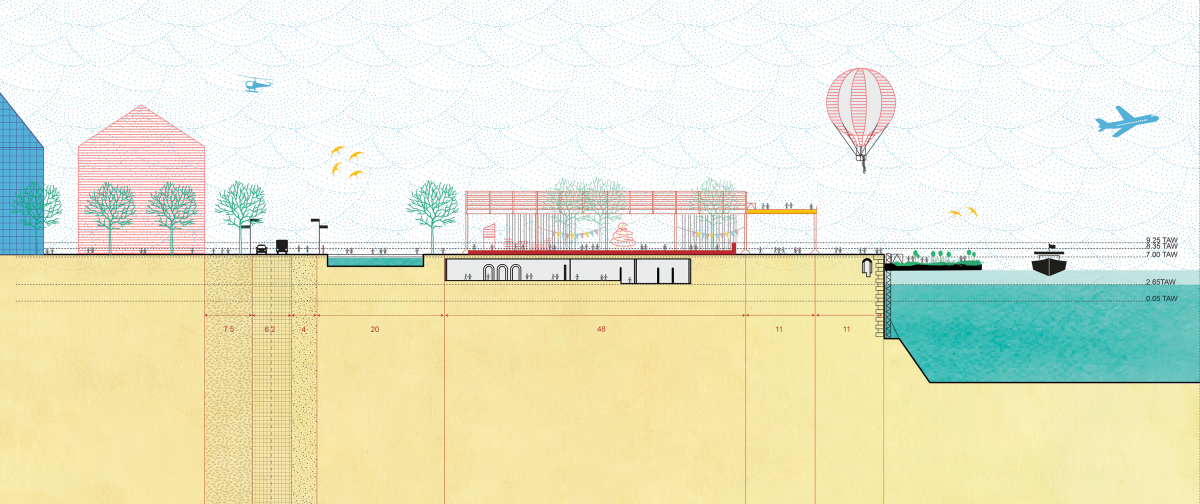Scheldekaaien | Quays of the Schelde
Antwerp and its mythical port originated at the Schelde river. Starting in the 12th century, the city port became a profitable center of commerce. This gave the port an international dimension. In the 14th century, the chronicler Froissart spoke out about the distinction between the port and the interior, emphasizing that in exchange for the imported products of the seventeen nations, the Flemish interior offered only textiles. The port of Antwerp became the strategic pivot point in a network of global flows. Wool and clothing, lead, leather, coal and cheese were imported from England; fish, including Scottish dried salmon from the north; furs from Russia; ermine and sable from Bulgaria; gold from Poland; wines from the Rhine region and Spain; dates and sugar from northern Africa, cotton from Armenia and silk from Tartary. Wood, grains, iron, almonds, goatskins, saffron, rice, wax and anise, copper and figs, and cumin and mercury also passed through the port of Antwerp. In the book "How the North Sea Made Us Who We Are," Michael Pye discusses this international trade event in a fascinating way.





Location:
Scheldekaaien, Antwerp
Project:
Urban Renewal project “Scheldekaaien Centraal”
Year:
2018
Phase:
Competition
Client:
AG VESPA, City of Antwerp
i.s.m.:
Endeavour, Traject